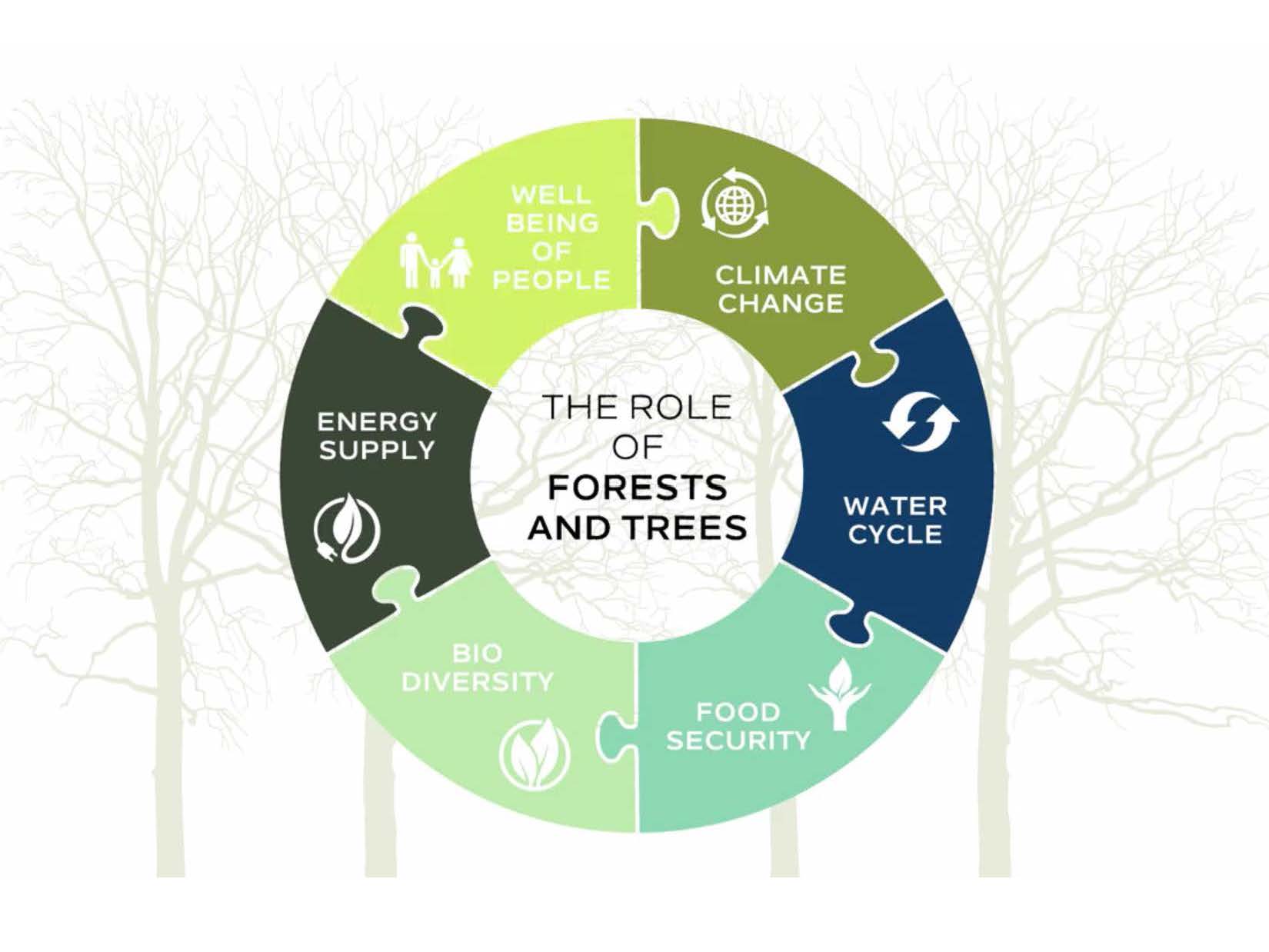
Post Covid-19, forests can help alleviate poverty: Report
A new report, however, suggests that ‘forests and tree-based systems’ may contribute to achieving sustainable development goal of eradicating poverty (SDG No. 1) by 2030. The report was released on October 16, 2020 — a day before the International Poverty Day.

The novel coronavirus disease along with conflicts and climate change may result in rise of extreme poverty for the first time in 20 years, the World Bank has said.
A new report, however, suggests that ‘forests and tree-based systems’ may contribute to achieving sustainable development goal of eradicating poverty (SDG No. 1) by 2030. The report was released on October 16, 2020 — a day before the International Poverty Day.
What are sustainable development goals? See video:

The report, prepared by the Global Forest Expert Panel (GFEP), has made a detailed scientific assessment of the interactions between forests and poverty. The 21-member panel had representatives from 10 countries.
At least 1.6 billion people worldwide are dependent on forests for livelihood, most of who live below the international poverty line. In such a situation, the global assessment provides a new direction.
The report draws a clear relationship between SDG No.1 on ‘ending poverty’ and SDG No.15 on ‘protecting and restoring sustainable use of terrestrial ecosystems’. Precisely, the report talks about the benefits of agroforestry. Forests provide employment and income, use of timber and non-timber forest products, among a wide range of other ecosystem services.
Panel head Professor Daniel C Miller of the University of Illinois at Urbana-Champaign, United States, said, “Forests and trees are critical to the well-being of many of the world’s poor people who have been able to harness the goods and services they provide to manage and mitigate risk, especially in the face of crises. To secure and improve this important function, we need to adequately protect, manage and restore forests and to make forests and trees more central in policy decision-making.”
To prove its assessment, the international panel collected scientific evidences from countries such as India, Nepal, Costa Rica, Ethiopia, Ivory Coast and Ghana, which showed how agroforestry, community forest management, ecotourism and forest producer organisations have been successful in reducing poverty.
The report, however, warned that monetary gains from the ecosystem services may not always reach the poorest households. The benefits and costs from forests and trees to human well-being were unevenly distributed.
Also read: COVID impact may add 115 million ‘new extreme poor people’ this year
For example, benefits of agroforestry systems focusing on vanilla production in Madagascar, for example, were also not distributed equally. Approximately 80 per cent of the world’s vanilla is produced in Madagascar, largely in the north-eastern Sava region. These agroforestry systems are the main source of income for many farmers. While smallholders who got the contracts flourished, women-headed households were at the disadvantage due to their poor social strata and little chances of getting the contracts, noted the report.
Other forests ecosystems
The report also noted that most of the studies on “forests and linkage with poverty” have focused on tropical forests. But woodlands, dryland and boreal forests too must be explored.
Forests and trees are not only important in rural contexts, but also in urban landscapes that are rapidly expanding, according to the global assessment.


